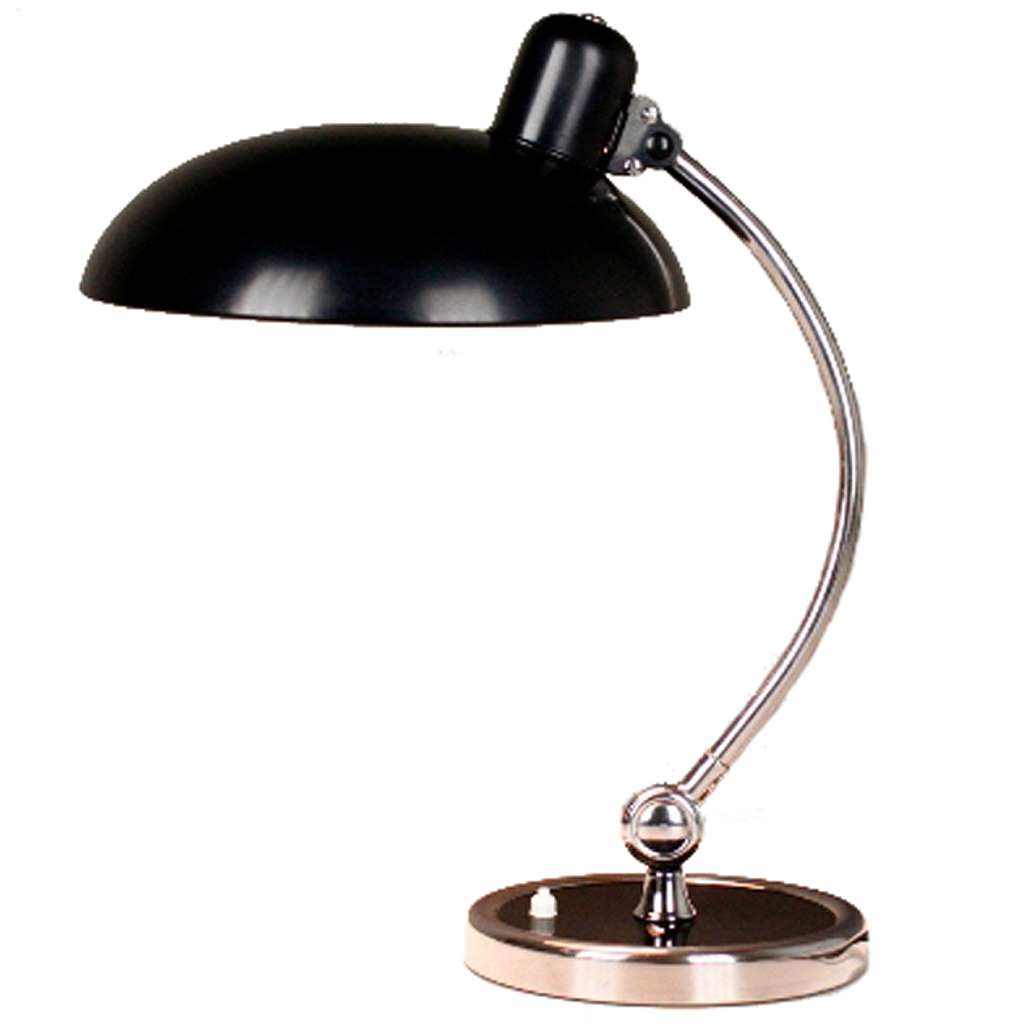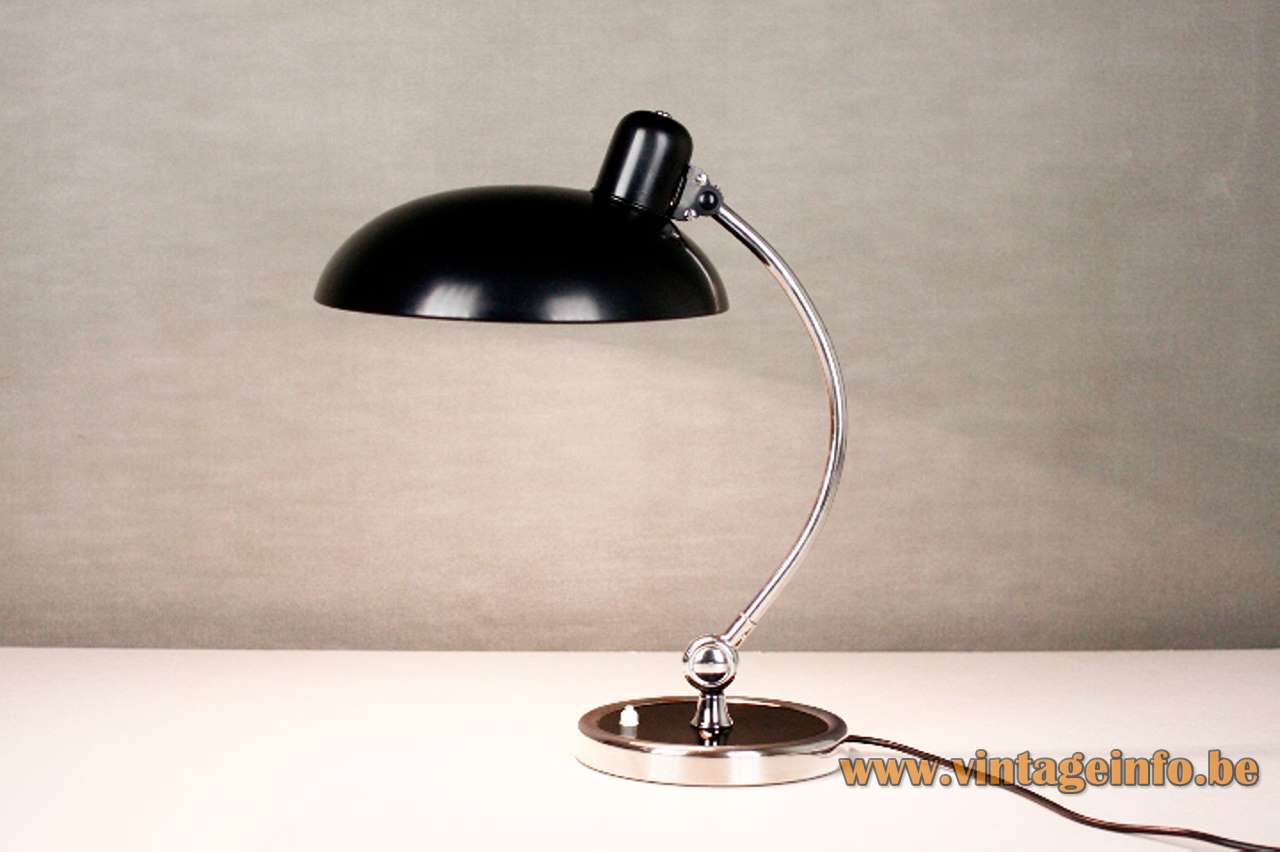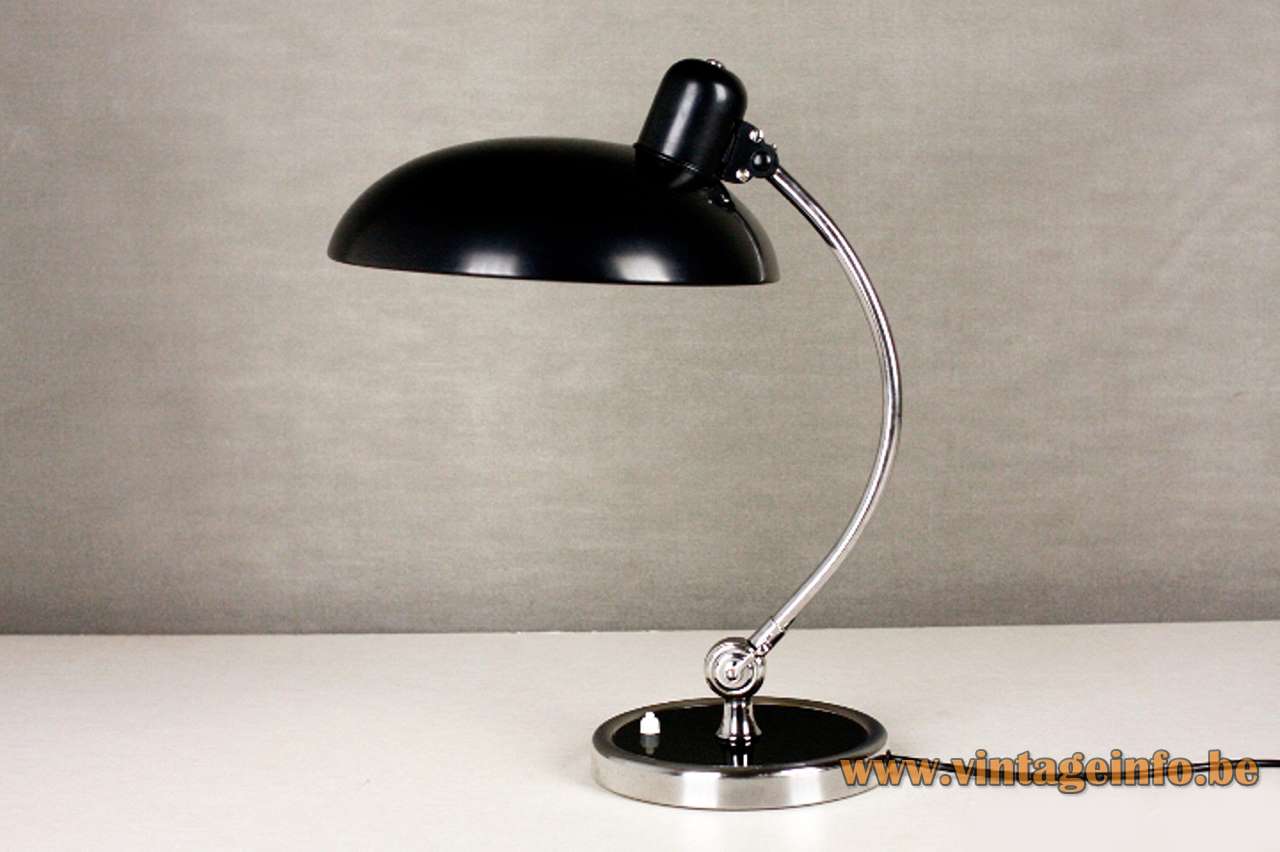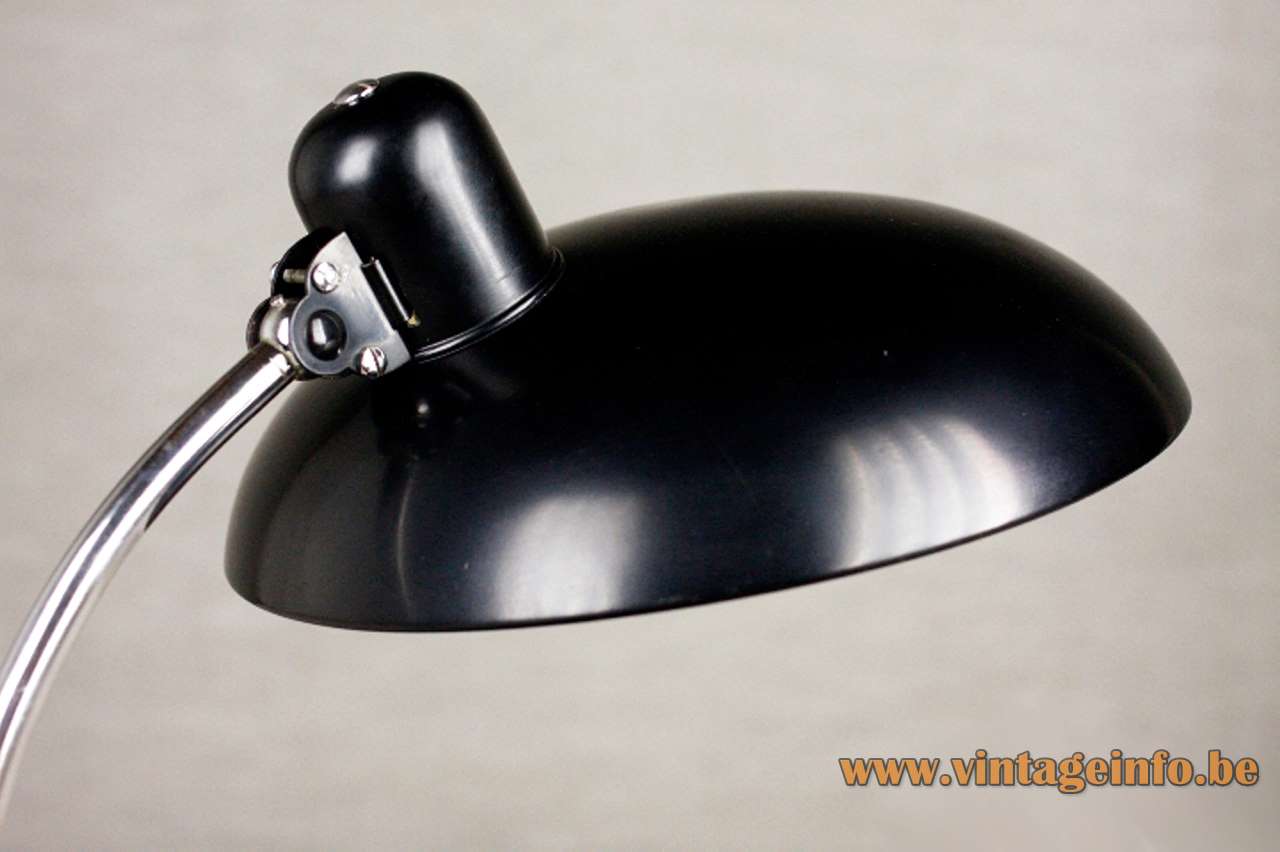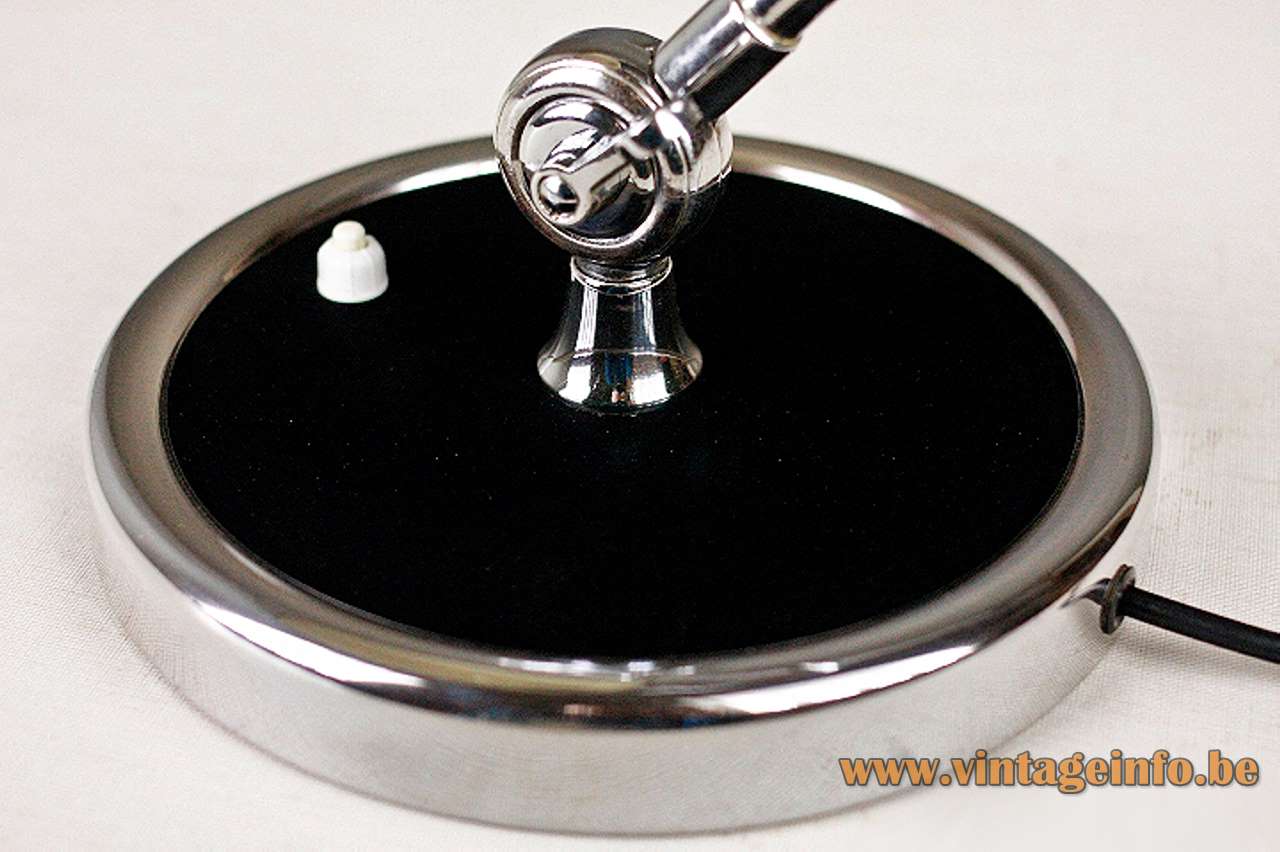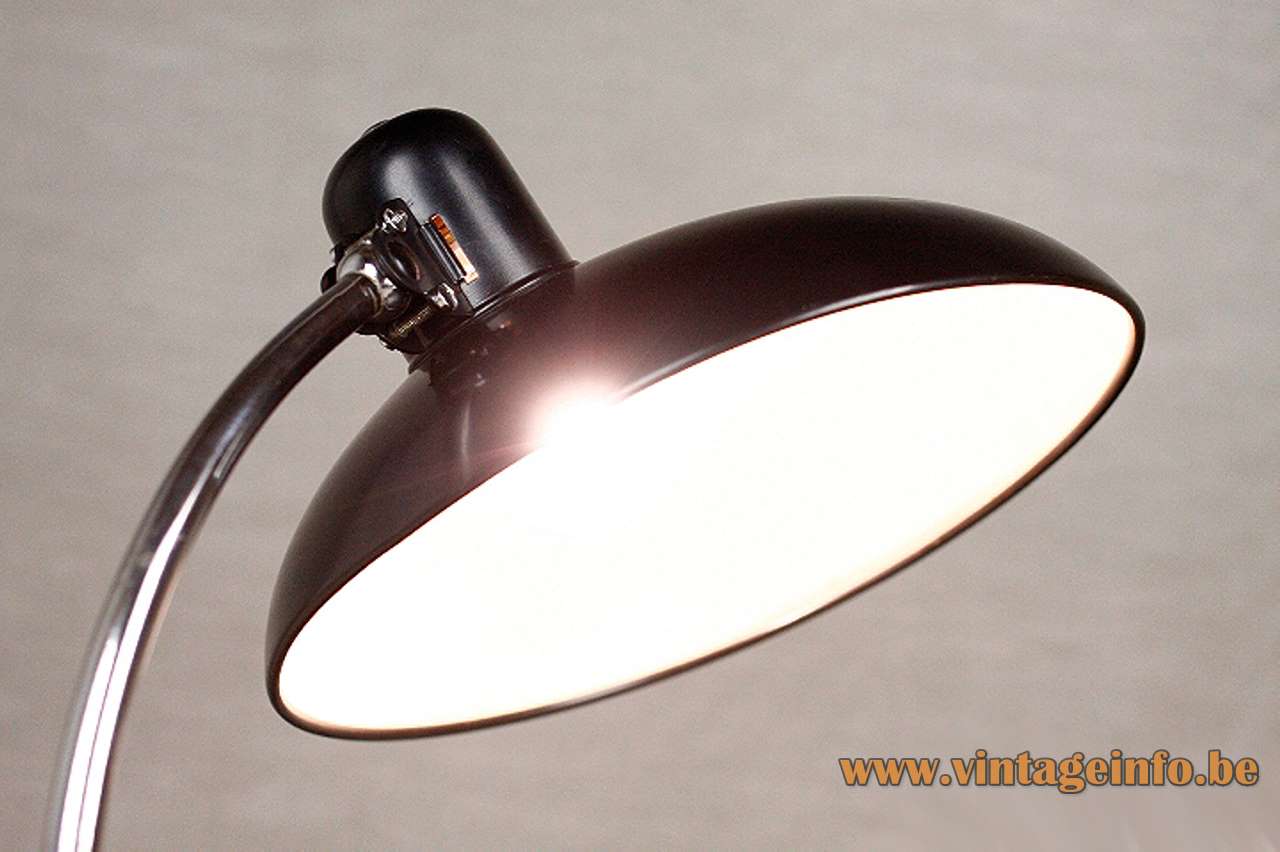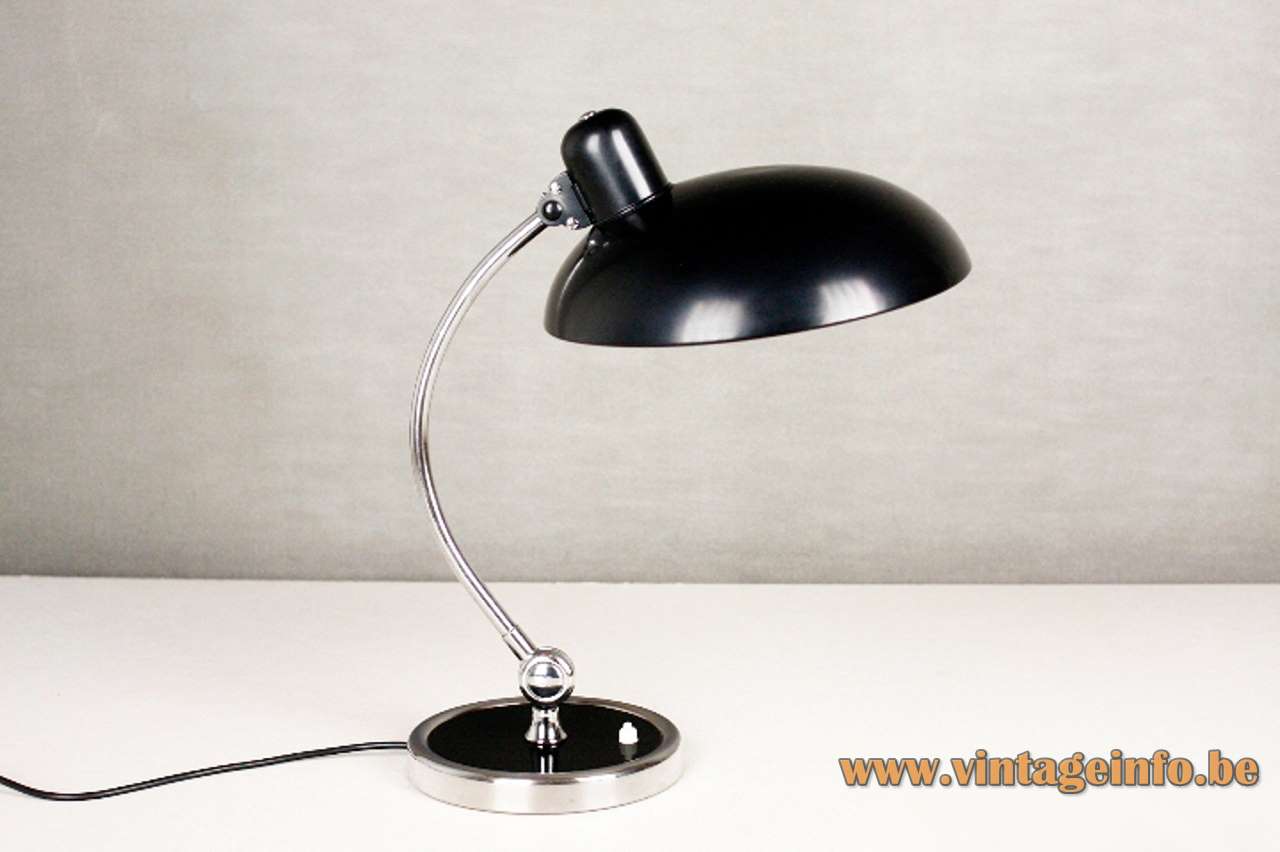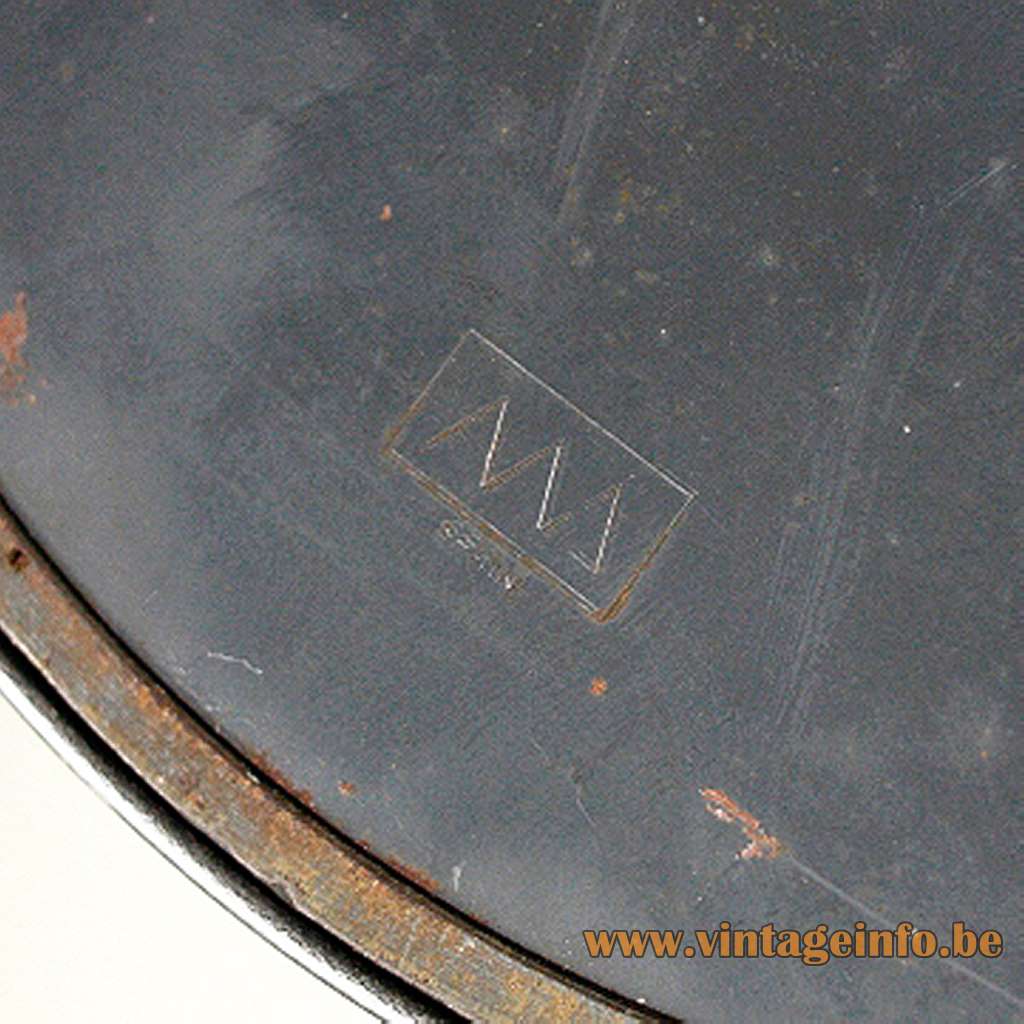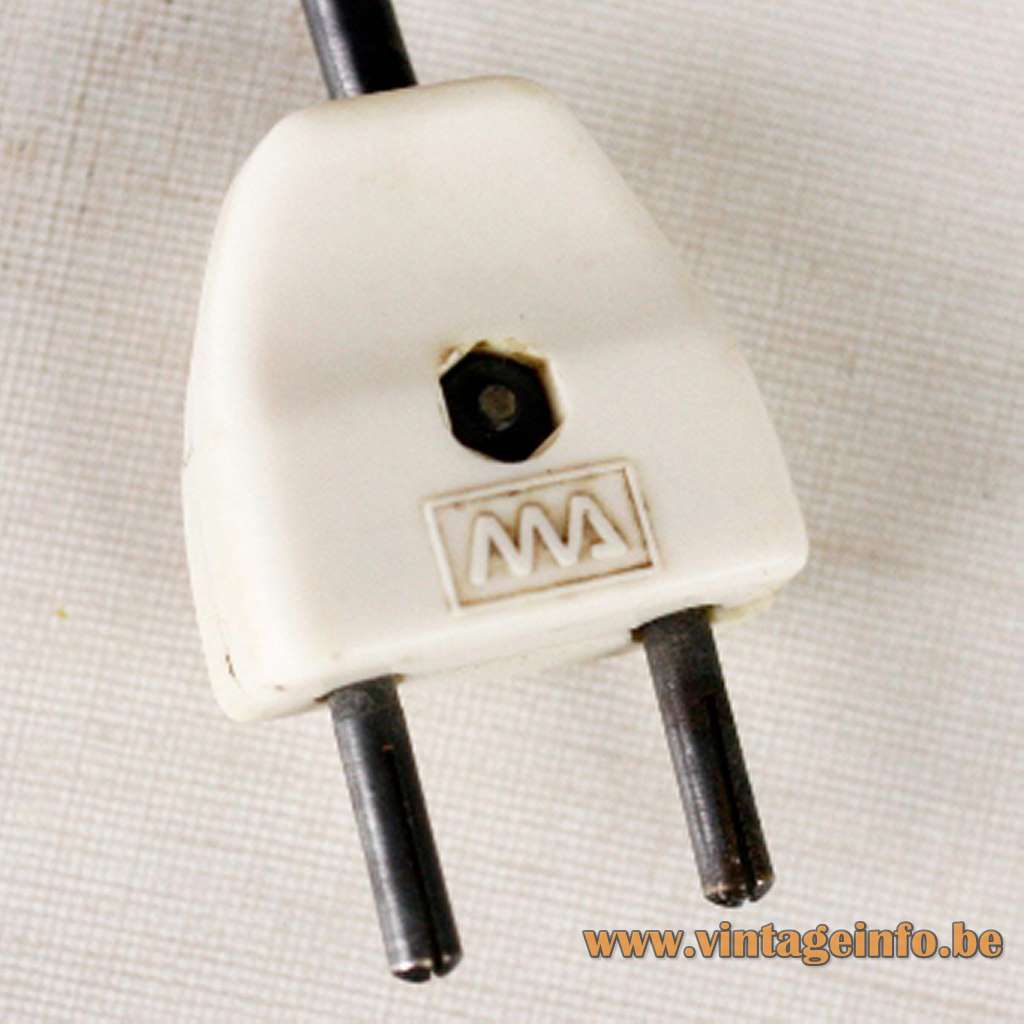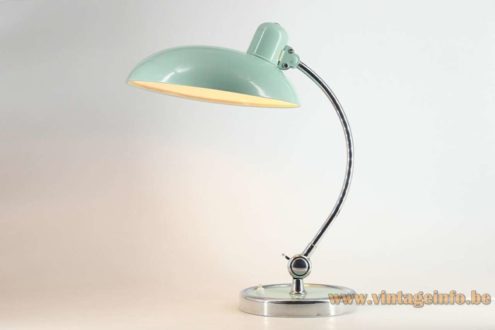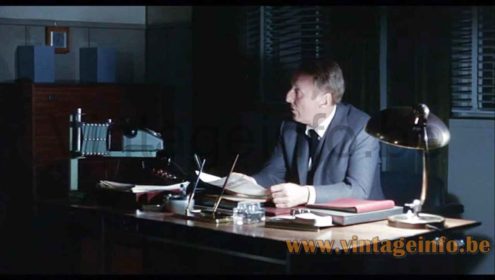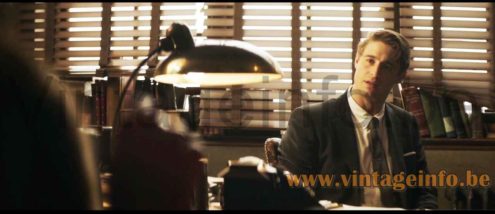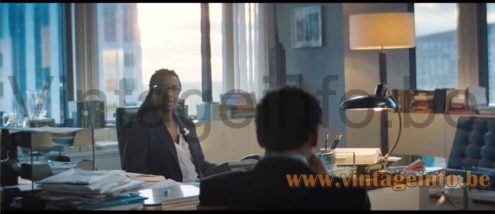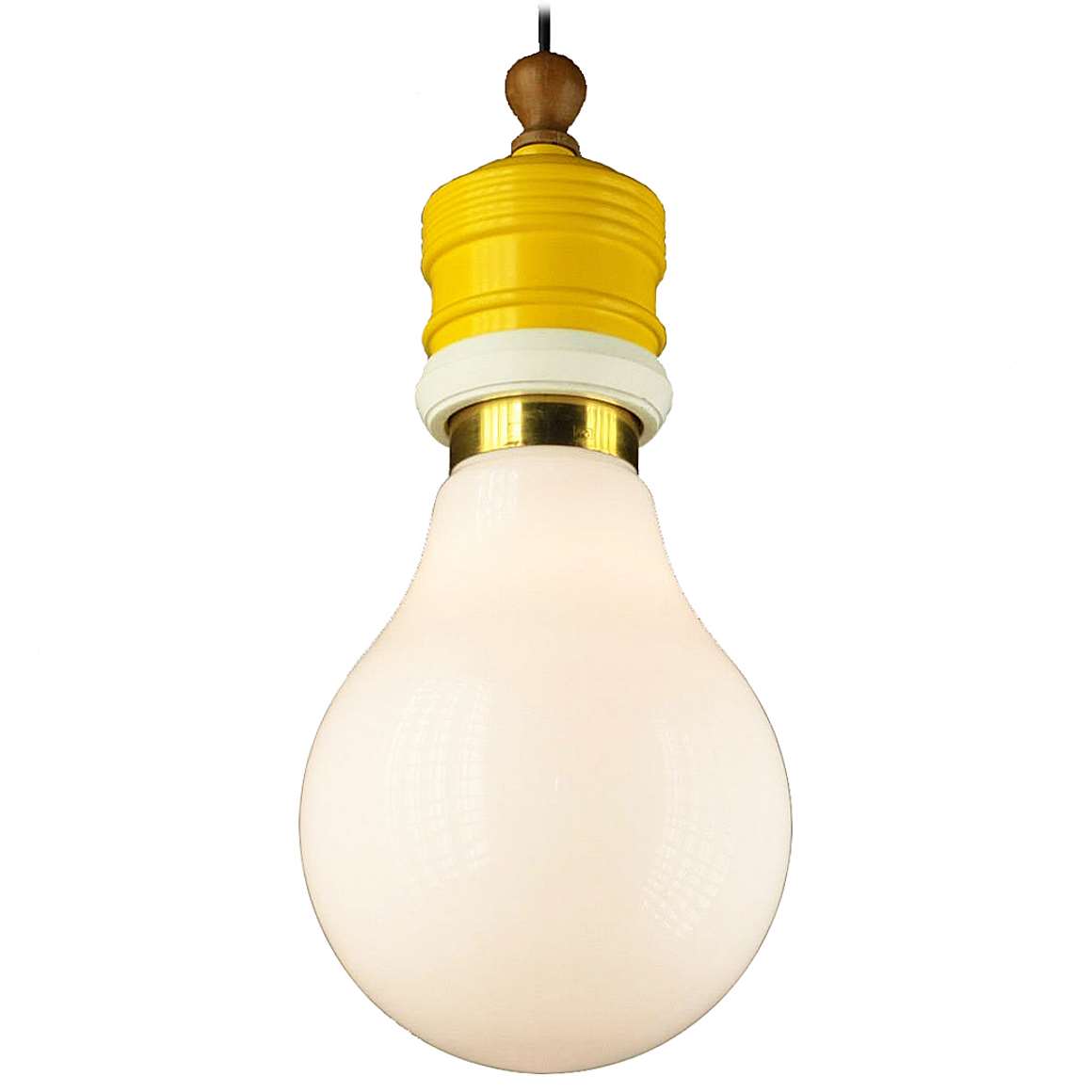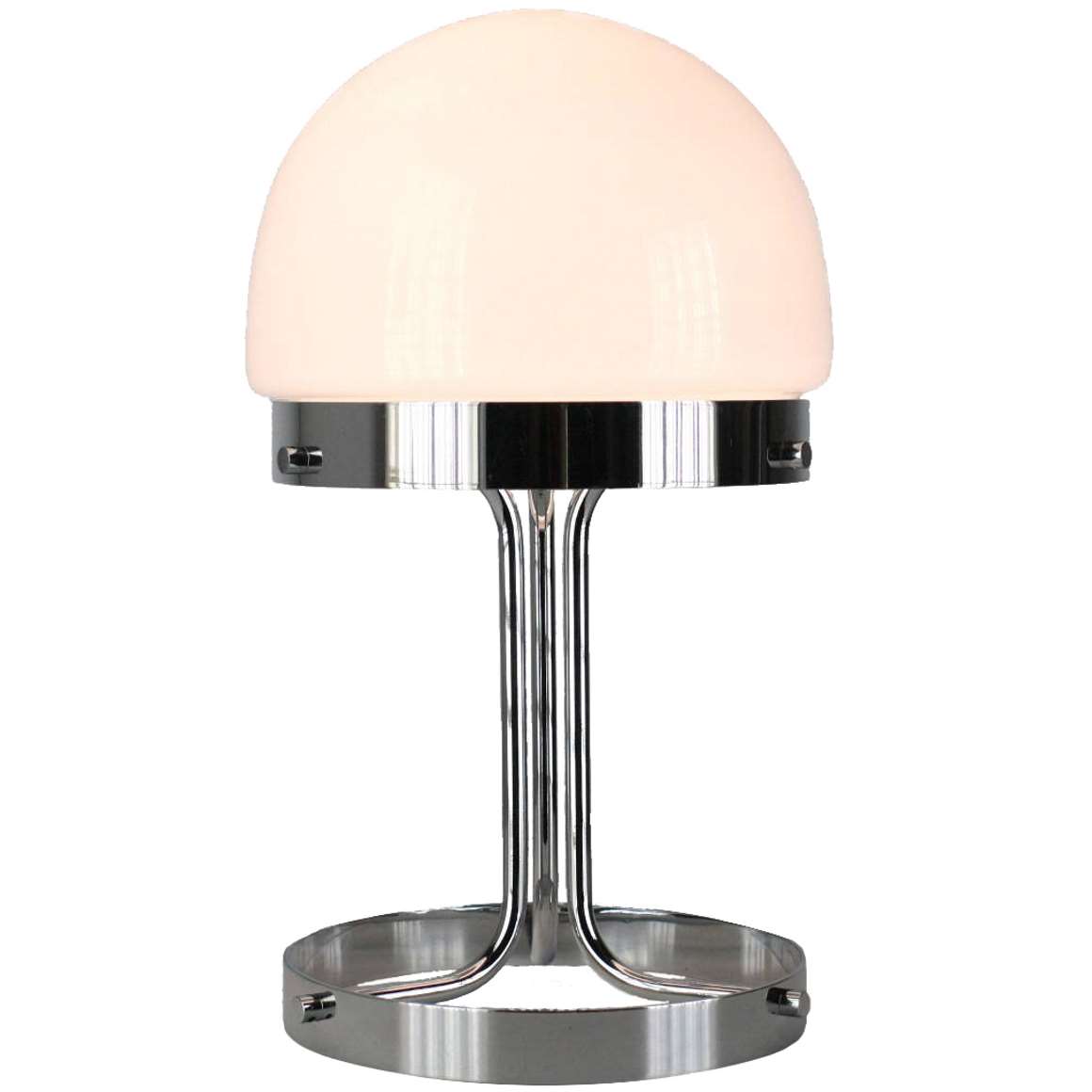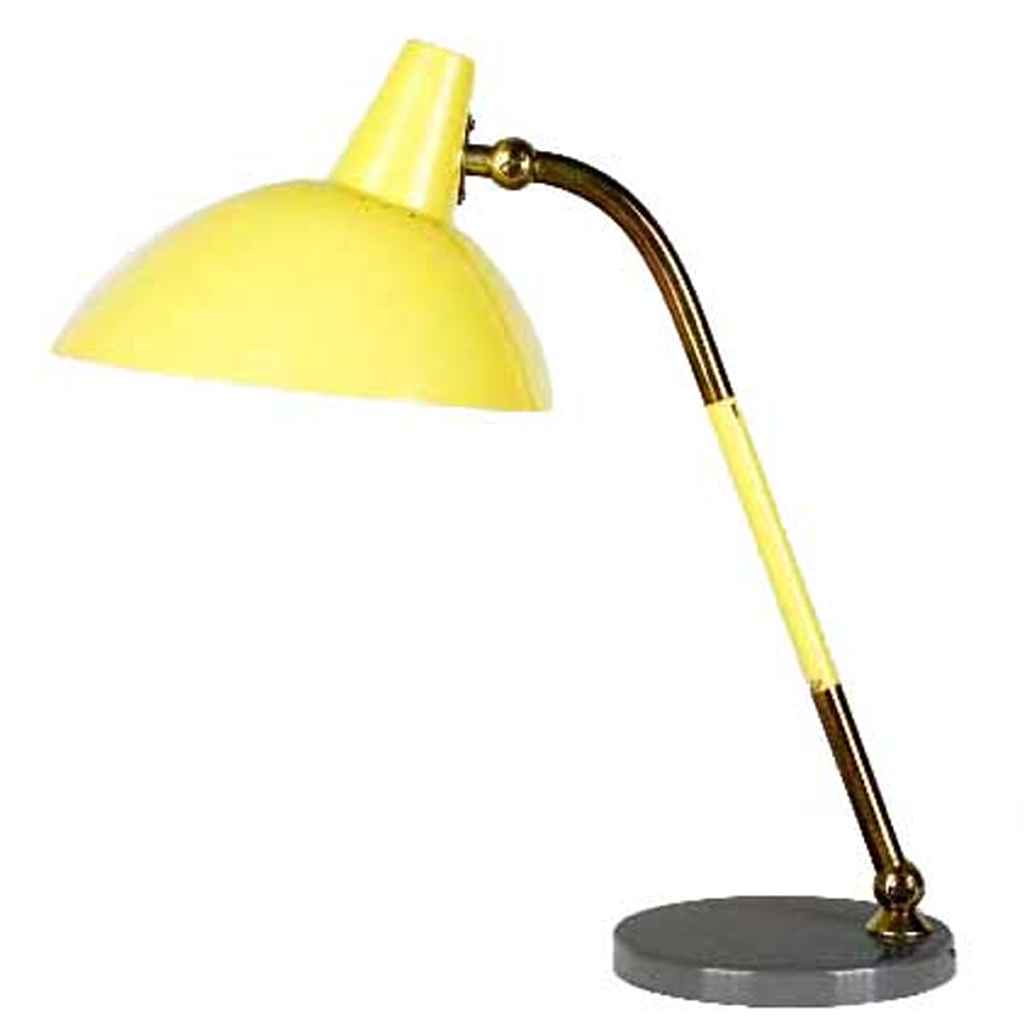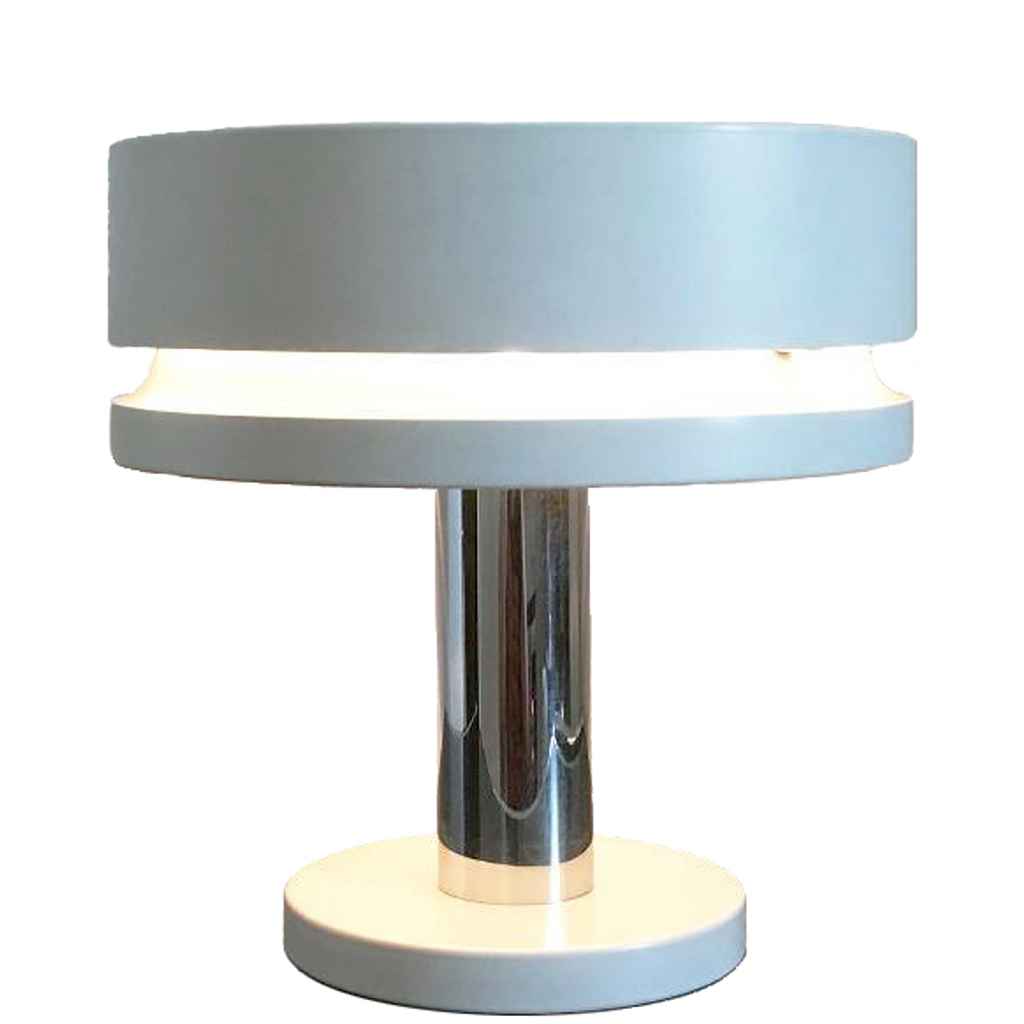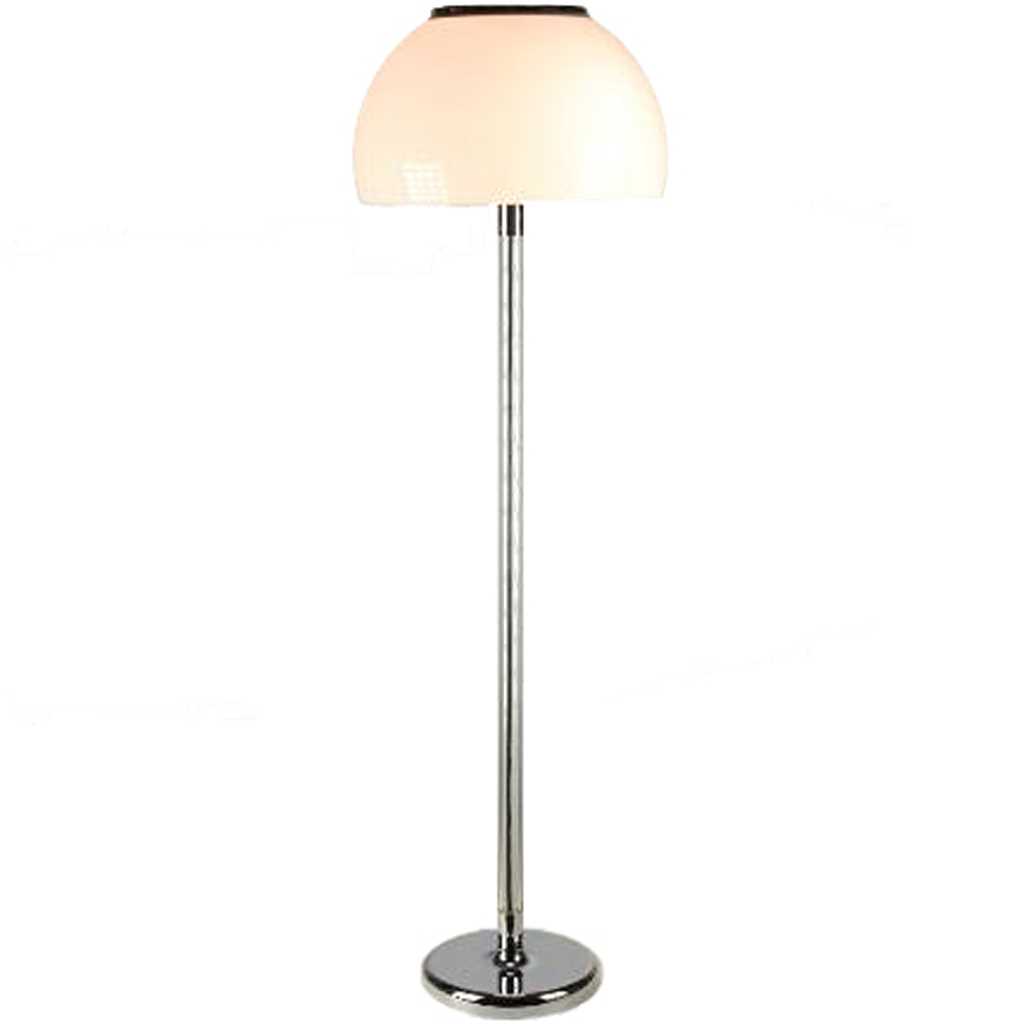Christian Dell 6631 Desk Lamp
Metalarte stamp & plug.
Christian Dell 6631 Desk Lamp
Light blue Metalarte version.
Lamps In The Movies
Le Cercle Rouge (1970)
A Christian Dell 6631 desk lamp was used as a set decoration in the 1970 Franco-Italian crime film Le Cercle Rouge (The Red Circle). Starring Alain Delon, Andre Bourvil, Yves Montand and Gian Maria Volonté.
Crooked House (2017)
A Christian Dell 6631 desk lamp was used as a set decoration in the 2017 British-American mystery film Crooked House. Starring: Max Irons, Stefanie Martini and Glenn Close.
Don’t Look Up (2021)
An old version of a Christian Dell 6631 desk lamp was used as a set decoration in the 2021American satirical science fiction film Don’t Look Up. Starring Leonardo DiCaprio, Jennifer Lawrence and Rob Morgan.
Links (external links open in a new window)
Gebr. Kaiser & Co. Leuchten KG – Wikipedia
KAISER idell 6631-T desk lamp – Fritz Hansen website
New Kaiser Idell lamps for sale at Fritz Hansen
Henry van de Velde – Wikipedia
Kunstgewerbeschule Weimar – Wikipedia
Le Cercle Rouge (1970) film – Wikipedia
Le Cercle Rouge (1970) film – IMDb
Crooked House (2017) film – Wikipedia
Crooked House (2017) film – IMDb
Many thanks to Lluís from Eclectique Vintage for the photos.
Christian Dell 6631 Desk Lamp
Materials: Chrome & black painted round iron base. Cast iron counterweight inside the base. Iron bottom plate. Chrome curved rod and parts. Black painted round lampshade. Some metal parts. Metal E27 socket.
Height: 45 cm / 17.71”
Lampshade: ∅ 35 cm / 13.77”
Base: ∅ 20 cm / 7.87”
Electricity: 1 bulb E27, 1 x 60 wattmaximum, 110/220 volt.
Anytypeof light bulb canbeused, not a specific one preferred.
Period: 1960s – Neo-Bauhaus.
Designer: Christian Dell in 1936.
Manufacturer: Metalarte, Paseo de la Ribera 115, Canovelles, Barcelona, Spain.
Other versions: This Christian Dell 6631 desk lamp “Luxus “exists in several colours. Christian Dell designed many “Idell ” lights for Kaiser Leuchten. The term “Idell ” is a reference to the word idea and his surname, Dell.
For the moment it is unclear if Kaiser Leuchten produced this lamp for Metalarte, or that Metalarte produced it under licence. The Metalarte logo is pressed in the bottom of the base and this lamp is equipped with a Metalarte plug. Of course KAISER idell is not pressed in the lampshade. This lamp is in all probability produced in the 60s or 70s, to see on the plug.
The production of this desk lamp started in 1936. It was probably designed in the same year.
Today this Christian Dell 6631 desk lamp “Luxus ” is in production by Fritz Hansen. Several other lamps designed by Christian Dell are also for sale.
Christian Dell
Christian Dell (1893–1974) was born in Offenbach am Main, in between Frankfurt am Main and Hanau in Hesse, Germany. From 1907 until 1911 he completed the silver forging studies at the academy, the “Königlich Preußischen Zeichenakademie ” in Hanau.
At the same time he served an exacting apprenticeship as a silversmith, spending the years 1907-1912 at the Schleissner & Söhne silver factory in Hanau.
In 1913 Christian Dell worked as a silversmith in Dresden before going to the “Großherzoglich-Sächsische Kunstgewerbeschule Weimar “, the Saxon college of arts and crafts in Weimar, were he met the Belgian artist and architect Henry van de Velde. Together with Victor Horta and Paul Hankar he could be considered as one of the main founders and representatives of Art Nouveau in Belgium.
After serving in the army, Christian Dell was a day labourer in the period 1918-1920 and then went to work in Munich as a master silversmith for Hestermann & Ernst. In 1920 Christian Dell went to Berlin to work for the silversmith Emil Lettré.
Bauhaus
Dell returned to Hanau and from 1922 until 1925 he worked as a foreman of the metal workshop at the “Bauhaus ” in Weimar were he collaborated closely with Hungarian constructivist László Moholy-Nagy and produced numerous designs for office and workplace metal light fittings.
In 1926 he changed to the Frankfurt art school (Frankfurter Kunstschule). He designed a great deal of lighting, including the brass and nickel “Rondella-Polo ” (1928-29) table lamp range (his real creative breakthrough) and the “Idell ” range, which was mass produced mainly by Gebr. Kaiser & Co. Leuchten KG and later also by Bünte & Remmler.
At the end of 1928, a number of Dell’s designs were featured in an exhibition at the Kunsthalle Mannheim, about craftsmanship in the machine age.
The Nazi Party did not allow him to stay in the Frankfurt art school in 1933, but Walter Gropius offered him a job in the United States. However, Dell decided to remain in Germany.
After World War II, Dell manufactured silver products and opened a jewellery shop in Wiesbaden in 1948, which he operated until 1955. He past away in Wiesbaden in 1974.
Several working lamps/desk lamps designed by Christian Dell are still in production and made by Fritz Hansen.
Metalarte
The Metalarte company was founded in 1932 in Cannoveles, some 30 km/19 mi from Barcelona in Catalonia, Spain. In the 1960s and 1970s it renewed its catalogue and started working with external designers and companies. For instance, they sold lamps produced by Kaiser Leuchten, Germany, Louis Poulsen from Denmark, Arteluce and Stilnovo from Italy. Today the company is part of the Luxonia group. Together with the Troll and Sagelux brands.
Designers that worked for Metalarte are, among others: André Ricard, Enric Franch, Josep Lluscà, Estudi Blanc, Josep Aregall, Oscar and Sergi Devesa, Antoni Arola, Lievore Altherr Molina, Ricard Ferrer, George W. Hansen, Héctor Serrano, Jordi Llopis, Ana Mir, Emili Padrós, Otto Canalda and Ramón Úbeda.
Gebr. Kaiser & Co. Leuchten KG
Gebr. Kaiser & Co. Leuchten KG, Lichttechnische Spezialfabrik, Neheim-Hüsten was founded by Hermann Kaiser, who came to Neheim as a worker from Heddinghausen. With a brother and a participant, he became self-employed in 1895.
At the beginning, the company concentrated on the production of nickel-plated and copper-plated lamp parts for the already existing lighting factories. The economic breakthrough came with the development of a very cheap petroleum lamp made of tinplate. During the First World War the production was converted to war materials such as storm batons.
After the war, the manufacture of electric lighting fixtures was expanded, and finally the whole branch of the business was transferred. During the period between the two world wars, the company developed into one of the largest lighting manufacturers in the region. not in the leastthanks to the lamps designed by Christian Dell.
As early as 1934 the number of workers was 350. This figure increased to about 600 to 700 employees until the beginning of the Second World War.
During the Second World War the production plants were completely destroyed. After the war a strong enterprise expansion began. Between 750 and 1000 people were temporarily employed.
Towards the end of the 70s the company was acquired by Thorn Lighting Group. This became the property of an international investment company in 1993, and the remnants of production were transferred to Dortmund in 2000.
